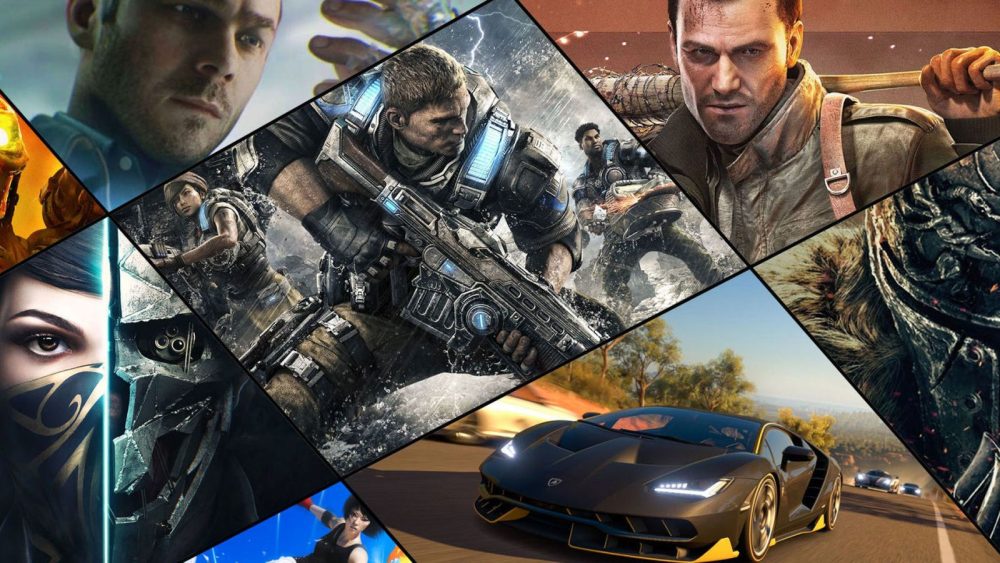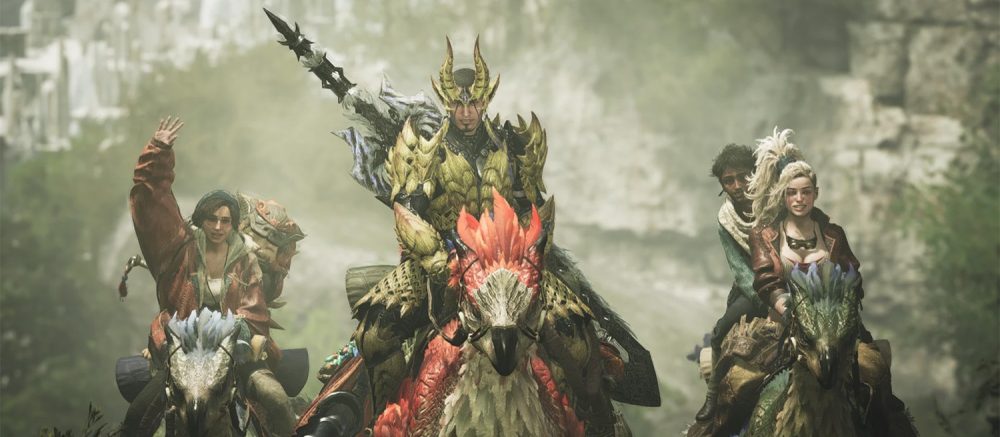Fortnite has long turned the character image into part of the strategy. Here, each figure is not just a shell, but a decision reflecting the game style, battle rhythm, and role in the team. Some act covertly, some destroy everything in their path, and some build and support. Choosing the right hero helps not only to stand out visually but also to more effectively use one’s own strengths in battle.
Fortnite Character Classes: Functionality as the Foundation
Classes influence gameplay mechanics. The game is built around four basic archetypes, each offering a unique style of combat and team support. Understanding the class helps to adapt quickly and choose comfortable mechanics.

Categories:
- Ninja: mobility and close combat. A Fortnite character specializes in maneuverability, stealth, and close-range damage. This class is ideal for aggressive scouting and sudden attacks. High jumps, fast regeneration, and hidden movement animations allow for unexpected entries into battle and quick exits.
- Soldier: a versatile assault choice. The hero offers a balanced style—reliable, predictable, efficient. Damage from a distance, grenades, shooting from cover. Suitable for both beginners and experienced players who prefer stability. Skills enhance firepower and reduce cooldowns of active abilities.
- Outlander: resource control and exploration. The class provides support, gathers resources, manages loot, and explores the map. Useful in team play, especially during long sessions. Possesses skills for accelerated material collection and wide scanning radius.
- Constructor: defense and fortification. The element strengthens constructions, reduces resource costs, and slows down enemies near buildings. Ideal for a defensive strategy, especially in missions to defend objects. Abilities create a tactical advantage even in the chaos of battle.
Fortnite Character Abilities: Choosing a Hero for Your Playstyle
Combat actions in Fortnite require flexible tactics. Character abilities affect every action on the field: weapon choice, route, behavior under fire, interaction with cover. One character may enhance assault rifle damage, while another may accelerate health regeneration. It’s important not just to wield a gun but to synchronize it with the hero’s potential.
When attacking, the damage per second plays a crucial role. For example, heroes with bonuses to critical damage show high efficiency in an aggressive style. Defensive abilities are useful in team missions: shields, healing auras, evasions. Some classes block or reflect damage, creating a tactical advantage in prolonged battles.
When choosing a Fortnite character, consider:
-
how often abilities are activated (cooldown time);
-
whether skills depend on close or long-range weapons;
-
what bonuses the hero provides to allies (aura, zone, passive);
-
how quickly the player manages active skills.
For example, a ninja with agility and stealth suits an aggressive solo player. For team mode, a constructor with building reinforcement skills is optimal. An outlander speeds up resource gathering and aids in scouting. Abilities reveal character, not just functionality—this is where the power of choice lies.
Fortnite Character Rarity: What the Color Gradient Provides
The background color of a hero card encrypts the power level. The higher the rarity of a Fortnite character, the more powerful the starting characteristics, the wider the skill list, and the higher the upgrade limit. Five levels create a progress scale. A player starts with a common fighter, learns the basic mechanics, and then finds a stronger character capable of solving complex tasks. Legendary heroes not only are more powerful but also unlock unique passive bonuses.
Rarity levels and their influence:
-
Common (white). Suitable for learning. Minimum skills. Helps to understand the interface and combat mechanics. Used as a temporary choice.
-
Uncommon (green). Provides a chance to feel bonuses. For example, passive reload speed or health enhancement. Requires no investment.
-
Rare (blue). Often encountered in the mid-game. Special skills are already available, affecting the outcome of battles. Balance between accessibility and effectiveness.
-
Epic (purple). Forms the basis for strategy building. Used in tournaments, clan missions, complex PvE battles. Often has powerful combinations with weapons.
-
Legendary (orange). The flagship. The hero around whom the entire build is centered. Possesses abilities that completely change gameplay. Playing with such a character requires thoughtful setup.
Rarity also affects initial stat levels, maximum upgrade level, skill strength, and access to unique skins and effects. A leveled-up legendary character paves the way to top results in the arena.
Fortnite Skins: How a Character’s Appearance Affects Perception in the Game
Heroes offer a wide range of visual images—from minimalist military suits to bright stylized figures. Skins do not directly affect characteristics but play a huge role in the psychology of battle. The impression, intimidation, camouflage, or even distraction—all of this adds layers to tactics.
A bright skin can attract attention and provoke aggression from opponents. A dark one blends with shadows or bushes, creating the illusion of invisibility. Players use appearances for deception, confusing opponents, diverting their attention to looks instead of analyzing behavior.
The skin also affects self-perception. A superhero costume instills confidence, a jester’s image helps play more relaxed. It’s psychological armor that influences decisions in split seconds. Some skins also have built-in animations, effects, even unique emotions. Participation in battle turns into a performance.
Character Progression in Fortnite Games: Why Invest in Development
Progression turns an ordinary hero into a legend. Fortnite characters are enhanced through gaining experience, using enhancement resources, and participating in events. Both active skills and passive characteristics improve: health, defense, speed. Full progression unlocks new skill levels. For example, the ability “shield” transforms into “reinforced format,” reducing damage by 40% instead of 20%. Or instead of one grenade throw, a double one appears. These changes are critical in the late game stage.
Progression levels require investments—in-game currency, materials, time. Some characters only reveal their full potential at the final stage, providing an avalanche effect: first a cautious hero, then an unstoppable force. The system also offers cosmetic bonuses: altered appearances, visual ability effects, victory animations. This turns the hero into part of the player’s story. Investments pay off not only in results but also in a personal sense of growth.
Tips for Beginners in Fortnite: Where to Start Your Choice
Starting the game with an advanced class is a mistake. It’s better to learn the mechanics of Fortnite through versatile characters. The soldier provides reliable shooting and survivability. The outlander allows you to learn the map, gather resources, and avoid collisions. A novice should focus on the basics:
Abilities are secondary until the user has mastered reaction, coordination, and combat principles. After 20–30 matches, preferences start to form. Only then should one try a ninja—for close combat and aggression—or a constructor if field control through buildings is desired. Skins and rarity should not be a distraction at the start. It’s better to play steadily than to shine and lose. The game rewards skill, not appearance. Everything else will come later.
Key to Individual Gameplay
Choosing a character in Fortnite shapes not just a combat role but a style. Each class is a tool. The skin is identity. A player who consciously selects a hero plays more confidently, acts faster, and achieves more. This is where the meaning of battles on the island unfolds.
 en
en  ru
ru  de
de  ar
ar  es
es  nl
nl  hi
hi  fr
fr  it
it  pt
pt  el
el 




